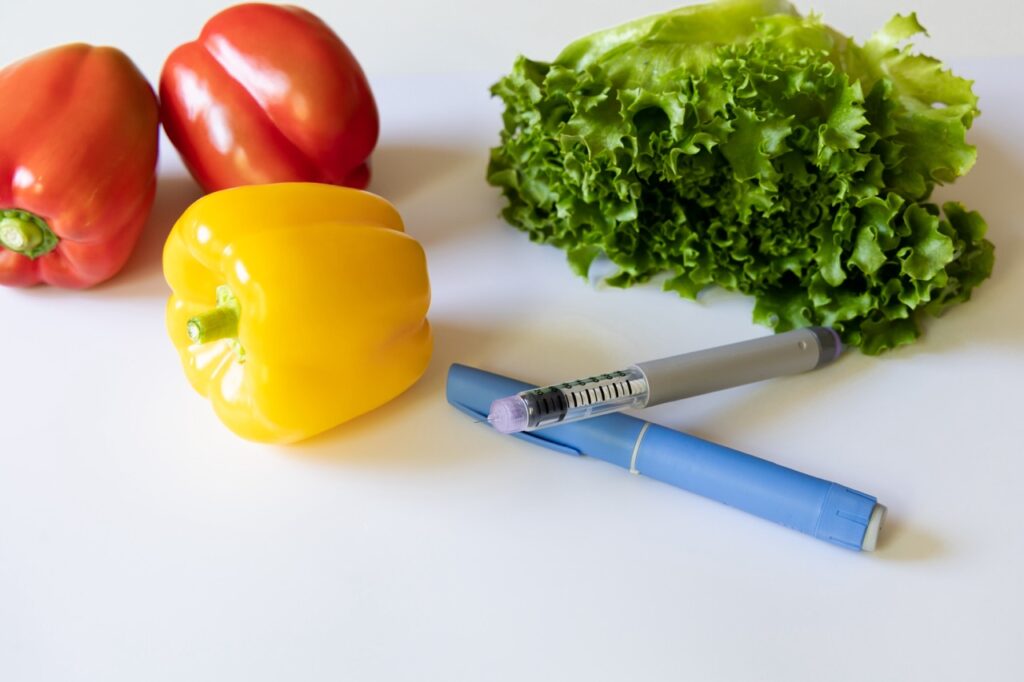In the quest for a balanced and healthy diet, volume eating has emerged as a popular and effective approach. Essentially, volume eating centers on consuming larger quantities of low-calorie, nutrient-dense foods that fill you up without piling on excess calories. This approach ensures that you can eat satisfying portions while managing your weight and improving overall well-being. In this article, we will get into into the concept of volume eating, offer tips on how to incorporate it into your daily routine, and outline the numerous benefits it brings.
Understanding Volume Eating
Volume eating is founded on the principle of consuming foods that have a low caloric density but are high in volume due to their water, fiber, and air content. These foods often include fruits, vegetables, legumes, and certain whole grains. The aim is to increase the physical volume of your meals, making you feel fuller while keeping your calorie count in check. By incorporating these low-calorie, high-volume foods, you can enjoy larger portions without exceeding your daily caloric limits.

Tips on Incorporating Volume Eating into Your Diet
- Prioritize Whole, Unprocessed Foods: Start by incorporating whole, unprocessed foods like fresh fruits, vegetables, whole grains, and lean proteins into your meals. These foods are naturally low in calories and high in essential nutrients. A heaping plate of watermelon, big bowl of berries or air popped popcorn topped with a light sprinkle of cinnamon sugar.
- Load Up on Vegetables: Vegetables are the epitome of volume eating. They are incredibly low in calories but high in fiber and water content, allowing you to consume a substantial volume without many calories. Aim to fill at least half your plate with a variety of colorful vegetables, or create a snacking board filled with colourful sweet peppers, celery and cucumbers with a greek yogurt or hummus dip.
- Opt for Lean Proteins: Include lean protein sources like skinless poultry, fish, legumes, and tofu in your meals. Proteins help in creating a sense of fullness, promoting satiety and reducing overall caloric intake. Adding tofu to your turkey meatball recipe, or including chicken to your quinoa salad as examples.
- Choose Whole Grains Wisely: Incorporate whole grains like brown rice, quinoa, and whole wheat into your diet. They are more filling than their refined counterparts and provide sustained energy.
- Mindful Cooking Techniques: Employ cooking methods that add little to no calories, such as steaming, grilling, or baking, to preserve the natural integrity of the food while enhancing its volume. Air frying versus deep frying is another great way to be mindful of oils.
- Stay Hydrated: Drink plenty of water throughout the day to maintain hydration and create a feeling of fullness, aiding in portion control during meals. Soups are also a fantastic way to get your water intake up while enjoying a delicious meal.
- Experiment with Recipes: Get creative with your cooking by experimenting with different combinations of low-calorie, high-volume ingredients to keep your meals exciting and satisfying.

The Benefits of Volume Eating
- Weight Management: Volume eating can aid in weight loss and weight management by allowing you to consume satisfying portions without exceeding your caloric needs. It promotes a feeling of fullness, reducing the temptation to snack on unhealthy, calorie-dense foods.
- Improved Digestion: High-fiber foods, a key component of volume eating, contribute to better digestion by promoting regular bowel movements and a healthy gut.
- Balanced Blood Sugar Levels: Volume eating, rich in fiber and low-glycemic foods, helps stabilize blood sugar levels, preventing sudden spikes and crashes that can lead to cravings and overeating.
- Reduced Risk of Chronic Diseases: The abundance of fruits, vegetables, and whole grains in a volume-based diet can contribute to a reduced risk of chronic diseases such as heart disease, diabetes, and certain cancers.
Need some inspiration? Here’s 3 meal suggestions that use volume eating principles:
- Veggie packed stir-fry: combine broccoli, bell peppers, snap peas, carrots, cauliflower rice and bean sprouts with a lean protein of your choice (we like extra firm tofu), and a low sodium sauce from soy, sesame oil, garlic, ginger and chili flakes.
- Zucchini noodles with shrimp and marinara sauce: spiralize raw zucchinis into noodles, then sautee in a pan with the shrimp, marinara sauce, fresh herbs like rosemary and basil, then season with parmesan cheese or nutritional yeast.
- Spicy chickpea salad: combining elements of a traditional Greek salad but extending the nutrition by adding cooked chickpeas and extra taste with cumin, paprika and lemon.

Conclusion
By incorporating these volume-eating strategies and choosing the right foods, you can enjoy a feeling of fullness without compromising your calorie goals. Remember, the key is to focus on nutrient-dense, low-calorie foods that nourish your body while promoting satiety and well-being. Experiment with these approaches and discover what works best for you on your journey towards a healthier lifestyle.
Volume eating is a sensible and effective approach to achieving a balanced diet while managing your weight and optimizing your health. By incorporating low-calorie, high-volume foods and making mindful choices, you can create satisfying meals that nourish your body without sabotaging your health goals. Make sure you’re checking with your Registered Dietitian before you make any big changes to your meals and consumption – they’ll be able to walk you through any customizations needed for your specific situation.
Ready to start your weight loss journey?





